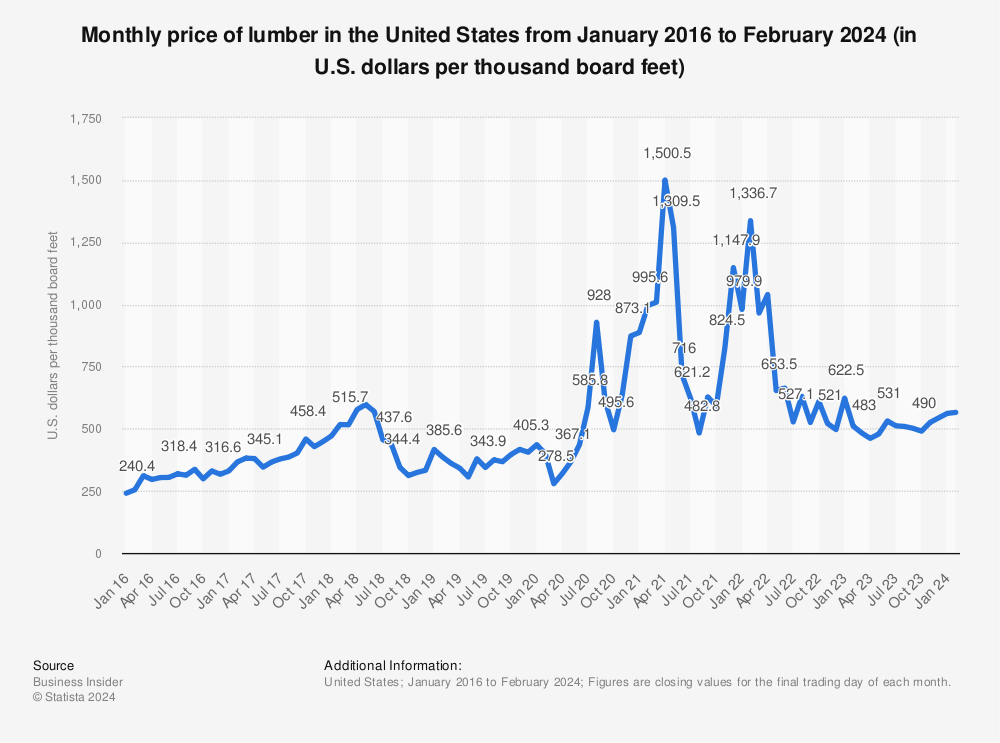
Fire managers have climate change guns to their heads so it’s usually damned if you do and damned if you don’t conduct prescriptive burns but it’s probably a straight line from the previous administration’s Secretary of Agriculture Sonny Perdue and crashes in morale within the US Forest Service to current conditions on the Santa Fe National Forest.
Back in graduate school in the late 70s my major Prof Jim Peek, used to talk about proximate and ultimate causes. The proximate cause of the Calf Canyon, Hermits Peak fires was ignitions by the Forest Service. The ultimate cause was a century of fire suppression, that followed a cessation of Native American burning in the 1800s. In essence the Forest Service is put in the position of being the the bomb squad. When detonating the bomb does not go right and damage happens there are people who point fingers. The obvious thing is these horrible fires would happen sooner or later, because all of the prerequisites (ultimate causes) are there. We need to support prescribed fire knowing it won’t always go as planned, because fire is inevitable. [John Marshall, blog comment]Missoula, Montana sits in a dry lake bed surrounded by mountains so when this scribe lived there in the late 1970s and early 80s and the pulp mill in Frenchtown was operating the valley would fill with stinky water vapor and wood smoke creating a toxic ice fog during winter months. Now, sawmills in Montana that rely on ponderosa pine are closing in part because of low lumber prices driven by salvage sales after record wildfire seasons caused by human influences on global climate patterns.
“It’s not just the facilities and jobs that are impacted at those facilities,” said Todd Morgan, director of the University of Montana’s Forest Industry Research Program. Oregon-based Roseburg Forest Products cited challenges competing with more modern plants with the 1969 building’s aging manufacturing platform as the main reason for closing the Missoula facility. For Pyramid Mountain Lumber, Missoula County’s last remaining sawmill, sawn timber prices are back down to where they were before the COVID-19 pandemic, but not terrible, Todd Johnson, president and general manager, told Montana Free Press. Montana still has milling capacity, but problems in other Western states illustrate reviving lumber infrastructure is more difficult than maintaining it, Morgan said. For example, Arizona and New Mexico are struggling financially to complete fire hazard treatments with a shrunken wood products industry, he said. [Missoula-area wood industry closures mean ripple effects for workers, tax base, forest management]Smurfit-Stone declared bankruptcy in 2009, closed the mill in 2010 and sold it for scrap in 2011 leaving taxpayers a US Environmental Protection Agency Superfund mess polluted with PCBs and dioxins that make the Clark Fork River America's fifth most endangered waterway in 2023.
Over a human lifespan, the modeled impacts of the suppression bias exceed those from fuel accumulation or climate change alone, suggesting that suppression may exert a significant and underappreciated influence on patterns of fire globally. Managing wildfires to safely burn under low and moderate conditions is thus a critical tool to address the growing wildfire crisis. [Fire suppression makes wildfires more severe and accentuates impacts of climate change and fuel accumulation]Koch Industries owns Georgia-Pacific LLC, one of the largest forest products ravagers in the United States.
Interfor is another huge timber multi-national that sold a sawmill to Neiman Enterprises now shipping salvage logs to Wyoming.
Foreign investors fund Missoula Sawmill District projects: https://t.co/NPIo0IWVdZ via @missoulian cc: @tomlutey @coralhei #eb5
— interested party (@larry_kurtz) October 22, 2015
Public Comments Sought for North Sand Project on Bearlodge Ranger District https://t.co/nOkIziNovC pic.twitter.com/fMaezyyxop
— Black Hills NF (@BlackHillsNF) March 26, 2024
After they read my story, Roseburg’s corporate office sent out this press release https://t.co/LifTvEaUBJ pic.twitter.com/CqIvXu2zlF
— David Erickson (@David__Erickson) March 20, 2024
No comments:
Post a Comment